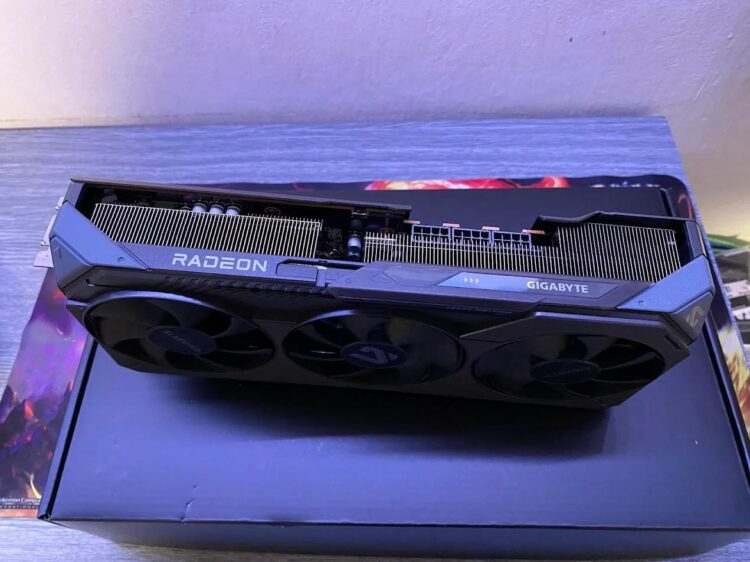The AMD Radeon RX 9000 Series and its RDNA4 architecture has proven that the red chipmaker is still able to give NVIDIA and its Blackwell architecture a run for its money, as evidenced especially by the 9070 XT and the 9060 XT that we reviewed not long ago. Now, it seems that the CPU and GPU maker is planning to introduce a new enthusiast-class GPU based on the RDNA5 architecture, later next year.
Word of the alleged RDNA5 GPU was first propagated by prominent leakster, Kepler_L2, on the Anandtech forums. Much like the 7900 XTX, Kepler_L2 suggest that the next-generation enthusiast-class GPU could ship out with 96 Compute units and a 384-bit memory bus, while a mainstream model may come with 32 Compute Units and a 128-bit bus, much like the 9060 XT.
In terms of performance, Kepler believes that the enthusiast-class RDNA5 GPU could match up to NVIDIA’s GeForce RTX 5080, which isn’t all too bad. In our testing, the Blackwell GPU, along with help from DLSS4 and Multiframe Generation, is able to deliver more than double the frames in most games, compared to the RTX 4080.
Not only that, sources close to Kepler have indicated that RDNA5 may also provide up to a 20% uplift in ray tracing performance, which is saying something, given that RDNA4 already gives a significant improvement in the area over RDNA3. And AMD’s FSR4 Redstone technology, which is expected to roll out during this half of the year, hasn’t come into play yet.

It’s also very likely that we’ll be seeing the upcoming RDNA5 powering next-gen consoles. Earlier this month, Moore’s Law s Dead (MLID) said that AMD was working on a new APU, codenamed “Magnus”, comprising Zen6 CPU cores on a 144mm2 SoC die, alongside a 264mm2 GPU die. The die would like power both Sony’s PlayStation 6, as well as Microsoft’s next-gen Xbox, assuming that there is going to be another Xbox console.
Magnus will supposedly feature three Zen6 cores and eight Zen6c cores, bringing the total number of CPU cores to 11, although Kepler believes it will operate as a 10-core processor, with the remaining single core just for binning. What is clear, though, is that it’s going to be a long wait before AMD will be saying anything.



